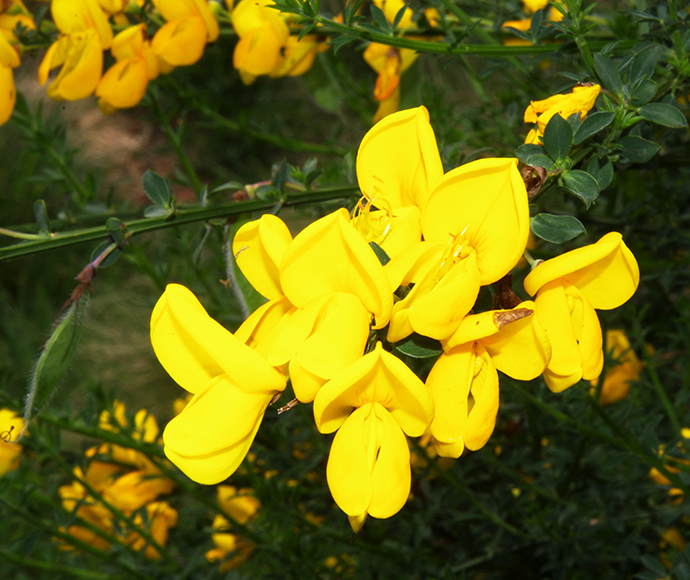Local volunteers have lent a helping hand to NSW National Parks and Wildlife Service (NPWS) during a 4-day blitz of environmental weeds in a newly launched program at Barrington Tops National Park.

NPWS and volunteers from the Australian Association of Bush Regenerators, local 4WD clubs and the local community, supported by Hunter Local Land Services, cleared roughly 35,000 square metres of Scotch broom, an invasive environmental weed.
NPWS Area Manager Anthony Signor said the removal of weeds from an area equivalent to almost five soccer fields will drive regeneration of native vegetation in the sub-alpine landscape after last season's significant bushfires.
"This invasive, noxious weed competes with native species and is compromising the post-bushfire recovery of native vegetation on Barrington Tops.
"We are thrilled and grateful for the response of the volunteers for this event. Despite very wet weather, more than 20 volunteers turned up to help us remove the weeds by hand. We couldn't have done it without them" said Mr Signor.
Hunter Local Land Services' Lyndel Wilson said the removal of these invasive weeds will also tip the balance in favour of native animals like the Tooarrana.
"Tooarrana is the Aboriginal name for the vulnerable broad-toothed rat. This chubby-cheeked native animal is restricted to wet alpine and sub-alpine heaths, and woodlands, and is a priority species for bushfire recovery," said Ms Wilson.
"The Tooarrana relies on the shelter of native snow-grass for food, nesting and protection from predators, so it's really important that our agencies work together to combat invasive weeds post-bushfire," said Ms Wilson.
Scotch broom (Cytisus scoparius) was listed as a Weed of National Significance in 2012.
NPWS and Hunter Local Land Services are currently planning more volunteer weeding events in the national park, which will be advertised on the NPWS website.
This project is supported by Hunter Local Land Services through funding from the Australian Government's National Landcare Program and NSW Government's State Bushfire funding.






